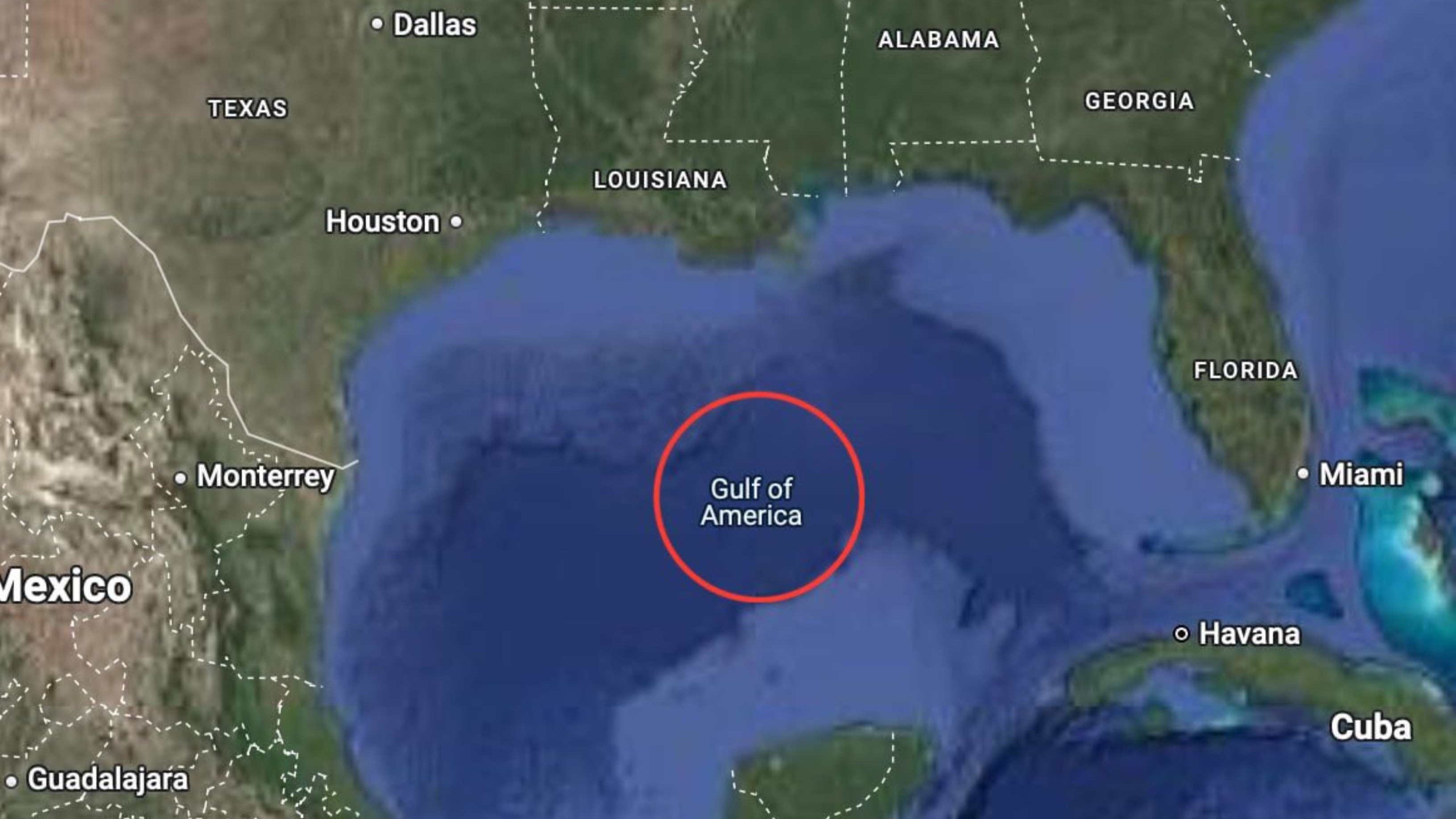In a controversial new update, Google Maps has begun labeling the Gulf of Mexico as the “Gulf of America” for users within the United States. This change follows a recent executive order signed by President Donald Trump on January 20, 2025, which mandates the renaming of the body of water to reflect what the administration describes as American heritage.
While the change is currently only visible to U.S. users, it has prompted international debate and raised questions about the role of tech companies in adhering to governmental directives, especially when those decisions affect global representation of geographic features.
The decision stems from a broader effort by the Trump administration to rebrand geographical names across North America. The Gulf of Mexico, a body of water bordered by the U.S., Mexico, and Cuba, will now be referred to as the Gulf of America on American maps. The official U.S. government policy, which Google has adopted in its mapping software, cites this as an effort to “reflect the American identity” and to “restore historic names tied to the nation’s past.”

However, users outside of the United States will continue to see the more familiar “Gulf of Mexico” in their Google Maps applications. International users will now see both names appear on their maps, with “Gulf of Mexico” appearing first and “Gulf of America” in parentheses. This change follows Google’s practice of updating map names based on government policies, ensuring that the company aligns with national directives.
The renaming has sparked a diplomatic response, especially from Mexico, where the Gulf of Mexico has long been a vital and significant geographical feature. Mexican President Claudia Sheinbaum expressed her concerns over the renaming, stating that the U.S. has no legal authority to alter international waters’ names unilaterally. Sheinbaum also humorously suggested that if the U.S. could rename the Gulf, then North America should be referred to as “América Mexicana” in international contexts.
Sheinbaum’s remarks highlight the contentious nature of the decision, especially in the context of a long-standing international relationship between the U.S. and Mexico. While the Gulf of Mexico is geographically and economically significant for both nations, the decision to rename it raises issues of sovereignty, historical accuracy, and the influence of U.S. policies on global geography.
In response to the concerns, Google confirmed that while the name change is being implemented in the U.S., it will continue to list both names in other parts of the world. The company reassured users that it is not unilaterally imposing the change but simply following U.S. government guidelines. The tech giant’s spokesperson noted that Google Maps aims to be a helpful and accurate resource, while also respecting international diplomatic sensitivities.
This renaming is part of a broader pattern set by the Trump administration to alter geographical names with historical significance. Notably, the name change also includes the reversion of Mount Denali back to Mount McKinley in Alaska, a move that has similarly been adopted by Google Maps and other mapping services. The efforts are designed to reassert American identity, particularly as it relates to topographical landmarks of historical importance.
While the implications of the Gulf of America update remain uncertain, it’s clear that geographical names are not just a matter of cartography—they are powerful symbols of national identity and political authority. As Google Maps rolls out this change, the controversy surrounding it is likely to continue, particularly in international diplomatic circles. For now, U.S. users will see a new name for one of the world’s most well-known bodies of water, and Mexico will continue to push back against this new label.
Google Maps users around the world will now have to navigate not just the map but the complex intersection of politics, history, and digital geography.













